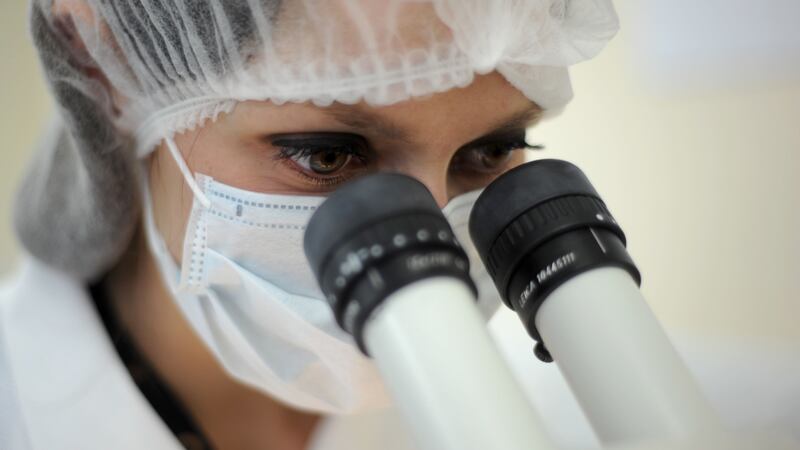Bacteria evolve to attack immune systems without multiplying faster, research suggests.
Scientists say the evolution of more severe infections is not necessarily driven by pathogens increasing the speed at which they multiply.
Humans and animals can develop resistance to harmful bacteria (pathogens) over time or with antibiotics or vaccines.
It has been assumed the pathogens respond to this resistance by multiplying faster.
However a study published in the Proceedings Of The National Academy Of Sciences journal, indicates they can evolve to become more harmful without increasing their rate of replication.
Dr Camille Bonneaud, from the University of Exeter’s centre of ecology and conservation, said: “We actually have a very poor understanding of how pathogens evolve in response to natural host resistance.
“This is because there are very few systems in the wild that have been monitored in sufficient detail, without being subjected to human intervention.
“We typically assume that pathogens respond to host resistance, including to vaccines, by increasing their rate of replication, allowing them to transmit faster to other hosts before they are cleared by their current host.”
She added: “We hypothesise that the increase in virulence that we observed in this study was driven by an improved ability of the pathogen to manipulate the host immune system in order to generate the symptoms necessary for its transmission.”
The authors believe that, once resistance spreads in host species, virulence may be driven by other means such as by manipulating host immune systems.
They examined the spread of bacteria called Mycoplasma gallisepticum among house finches, a rare example of a well-studied host-bacteria evolution where humans have not intervened with antibiotics or vaccines.
The scientists say their research could lead to new approaches for tackling pathogens.
For example, if trying to kill the pathogen inevitably leads to more virulent infections, it might be worth trying to slow down pathogen evolution.
They suggest this could be done by combining treatments that both eliminate the pathogen and prevent it manipulating host immune systems.
Some populations of house finches have been exposed to Mycoplasma gallisepticum for more than 20 years, while others have not and therefore have not developed resistance.
The study carried out in Arizona and supported by Arizona State University and Auburn University, looked at 57 finches from previously unexposed populations were exposed to the pathogen.
The findings show virulence has increased consistently over more than 150,000 bacterial generations since outbreak (1994 to 2015).
While replication rates increased from outbreak to the initial spread of resistance (1994 to 2004), no further increases have occurred subsequently (2007 to 2015).
The researchers say that with increasing antibiotic resistance, there is a pressing need to understand how host resistance naturally influences bacterial virulence and replication rates.








